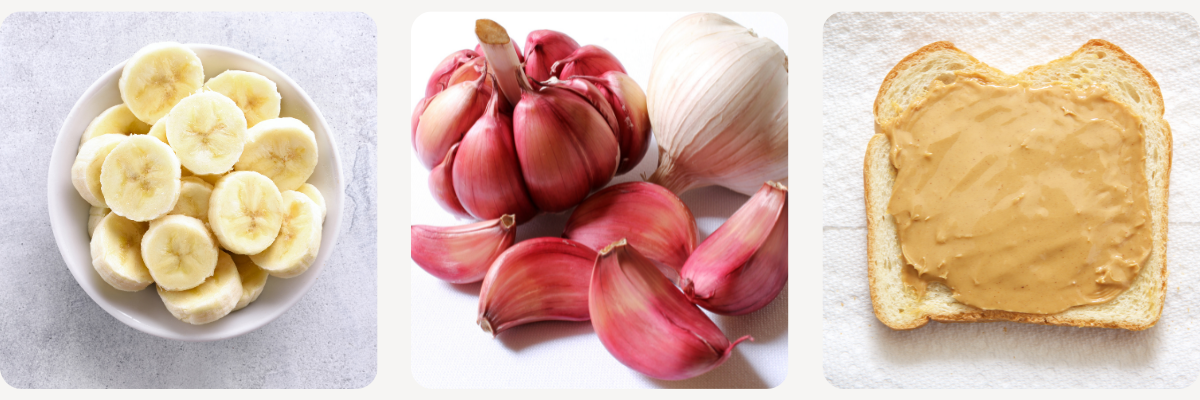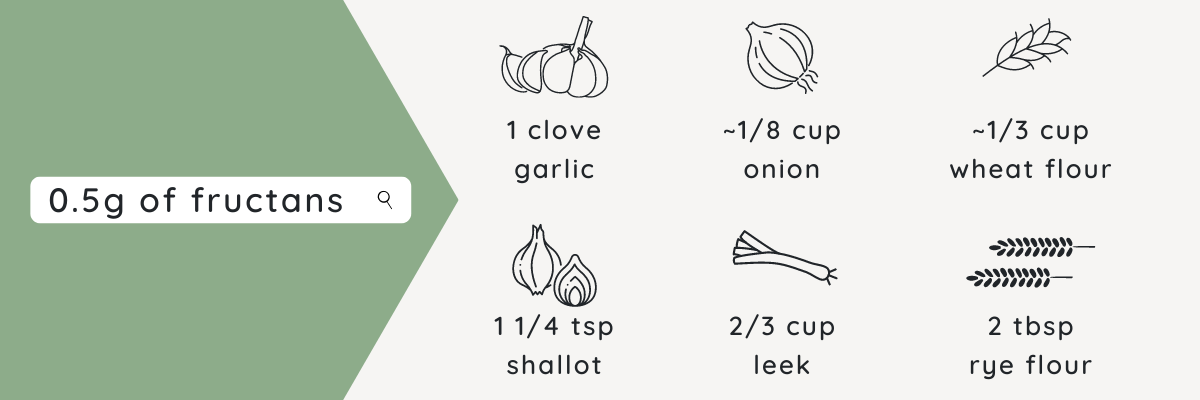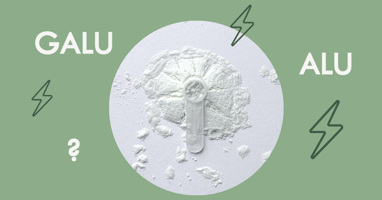FODZYME®’s fructan hydrolase is the only enzyme that can target the broad spectrum of fructans. But...
Are all FODMAPs created equal?
The most common FODMAP triggers
Peeling back the onion (or garlic!) on which FODMAP families tend be most triggering in IBS and the difference between fructan vs. fructose intolerances.
Fructans are increasingly recognized as one of the most common FODMAP triggers. In a recent study, US patients with IBS who respond well to a low FODMAP diet underwent a blinded, cross-over reintroduction trial of all 5 FODMAPs. The researchers identified fructans and GOS as most associated with worsening abdominal pain and/or bloating.
Similar research in Belgium also identified fructans and mannitol as the most common FODMAP triggers during reintroduction, triggering symptoms in 56% and 54% of patients, respectively. The prevalence of lactose intolerance in IBS varies widely (27-72%), though many genetically susceptible patients with IBS exhibit some level of intolerance.
Demystifying Fructose vs. Fructans
Fructose (part of the 'M' family in FODMAP) is a simple sugar, or monosaccharide. Fructans (part of the ‘O’ family in FODMAP) are long chains of fructose, typically with a sucrose (fructose + glucose) molecule at one end.
Plants contain a wide variety of differently branched and elongated fructans, which each provide a unique source of energy and defense for plants. In nature, a plant's stage of maturity, nutritional status, and exposure to stress all contribute to differences in fructan content, abundance, and diversity. There are many kinds of fructans beyond inulin.

Fructose is mainly absorbed in the small intestine through diffusion by the GLUT5 transporter, which has a relatively low capacity for absorption. The body's ability to absorb fructose is much greater when glucose is present, so the ratio of glucose:fructose is important (at least 1:1 is ideal). Some people have fewer or worse functioning GLUT5 transporters while others simply consume more fructose than their body can absorb. Excess fructose in the digestive tract has an osmotic effect and draws water in to the colon.
Fructans, on the other hand, are metabolized quite differently. Only about 5-15% of dietary fructans are absorbed; the rest are excreted or fermented by bacteria in the colon. Fructans serve as prebiotic fibers and support production of beneficial short-chain fatty acids when fermented by gut bacteria. The body does not produce enzymes to break down fructans (or GOS or polyols for that matter).
Both fructose and fructans are associated with gas and bloating. However, fructose intolerance often results in diarrhea, while abdominal pain and bloating are more strongly associated with fructan intolerance.
Why FODMAP tolerance thresholds matter
Everyone has a limit to the amount of each FODMAP group they can tolerate. For those with IBS that threshold is unfortunately often very low, particularly when it comes to fructans.

Tolerance thresholds also tend to be much higher for fructose than for fructans. It takes an additional 10.5-21g of fructose per day to increase symptoms in patients who respond to a LFD while it takes just 0.75-1.5g of fructan to induce symptoms.
The average American diet contains about 3.91g of fructan per day. A single dose of FODZYME® can break down 3g of fructan, which is equal to about 6 cloves of garlic. When FODZYME® breaks down the entire fructan content of one clove of garlic (0.5g) this adds a maximum of ~0.5g of fructose to the meal, which is nowhere close to the amount required to trigger fructose-related symptoms.
Additionally, most foods high in high fructan contain enough glucose to balance out the fructose liberated in the digestive tract. This also means that fructan break down is unlikely to cause symptoms related to fructose intolerance since fructose causes issues when consumed in excess of glucose (the present of glucose aids in the absorption of fructose). Most fructan-rich foods and meals maintain the glucose:fructose ratio at roughly 1:1, meaning fructose absorption is supported and symptoms are likely.

Specific fructose-targeting enzymes also exist (not in FODZYME®) for those who are particularly sensitive to fructose. The enzyme glucose isomerase (aka xylose isomerase) works by changing the structure of fructose from the monosaccharide fructose to another monosaccharide, glucose. Treatment for rare hereditary fructose intolerance prescribes avoidance of all fructose, sucrose and sorbitol.
FODZYME® Digestive Enzyme Blend: Where Form Meets Function
FODZYME® is designed specifically to target the most common FODMAP triggers: fructan, galactans/GOS and lactose. These are both the FODMAPs with the highest prevalence of intolerance and those which are most abundant in the typical diet. After all, garlic, onion, wheat, legumes and dairy are just about everywhere in the most nutritious and cravable foods.
FODZYME®'s simple and efficient blend contains three active enzymes, fructan hydrolase, alpha-galactosidase and lactase, plus a small amount of non-GMO corn-derived dextrin to stabilize the enzymes. FODZYME® is free of any other potential gut irritants.
FODZYME®'s formula maximizes the amount of enzymes available to break down the FODMAP triggers that most responsible symptoms. In particular, FODZYME®'s fructan hydrolase is the only enzyme available that targets the wide range of fructans found in fruits, vegetables and whole grains.
Read more about how FODZYME® supports patients with FODMAP intolerances in our Research Brief.
-1.png?width=50&name=Headshot%20(1)-1.png)




